 An international smuggling ring that sold bomb-related parts to Libya, Iran and North Korea also managed to acquire blueprints for an advanced nuclear weapon, according to a draft report by a former top U.N. arms inspector that suggests the plans could have been shared secretly with any number of countries or rogue groups.The drawings, discovered in 2006 on computers owned by Swiss businessmen, included essential details for building a compact nuclear device that could be fitted on a type of ballistic missile used by Iran and more than a dozen developing countries, the report states.The computer contents-among more than 1,000 gigabytes of data seized-were recently destroyed by Swiss authorities under the supervision of the U.N. nuclear watchdog agency, which is investigating the now-defunct smuggling ring previously led by Pakistani scientist Abdul Qadeer Khan.But U.N. officials cannot rule out the possibility that the blueprints were shared with others before their discovery, said the report's author, David Albright, a prominent nuclear weapons expert who spent four years researching the smuggling network."These advanced nuclear weapons designs may have long ago been sold off to some of the most treacherous regimes in the world," Albright wrote in a draft report about the blueprint's discovery. A copy of the report, expected to be published later this week, was provided to The Washington Post.The A.Q. Khan smuggling ring was previously known to have provided Libya with design information for a nuclear bomb. But the blueprints found in 2006 are far more troubling, Albright said in his report. While Libya was given plans for an older and relatively unsophisticated weapon that was bulky and difficult to deliver, the newly discovered blueprints offered instructions for building a compact device, the report said. The lethality of such a bomb would be little enhanced, but its smaller size might allow for delivery by ballistic missile."To many of these countries, it's all about size and weight," Albright said in an interview. "They need to be able to fit the device on the missiles they have."The Swiss government acknowledged this month that it destroyed nuclear-related documents, including weapons-design details, under the direction of the U.N.'s International Atomic Energy Agency to keep them from falling into terrorists' hands. However, it has not been previously reported that the documents included hundreds of pages of specifications for a second, more advanced nuclear bomb."These would have been ideal for two of Khan's other major customers, Iran and North Korea," wrote Albright, now president of the Washington-based Institute for Science and International Security. "They both faced struggles in building a nuclear warhead small enough to fit atop their ballistic missiles, and these designs were for a warhead that would fit."It is unknown whether the designs were delivered to either country, or to anyone else, Albright said.
An international smuggling ring that sold bomb-related parts to Libya, Iran and North Korea also managed to acquire blueprints for an advanced nuclear weapon, according to a draft report by a former top U.N. arms inspector that suggests the plans could have been shared secretly with any number of countries or rogue groups.The drawings, discovered in 2006 on computers owned by Swiss businessmen, included essential details for building a compact nuclear device that could be fitted on a type of ballistic missile used by Iran and more than a dozen developing countries, the report states.The computer contents-among more than 1,000 gigabytes of data seized-were recently destroyed by Swiss authorities under the supervision of the U.N. nuclear watchdog agency, which is investigating the now-defunct smuggling ring previously led by Pakistani scientist Abdul Qadeer Khan.But U.N. officials cannot rule out the possibility that the blueprints were shared with others before their discovery, said the report's author, David Albright, a prominent nuclear weapons expert who spent four years researching the smuggling network."These advanced nuclear weapons designs may have long ago been sold off to some of the most treacherous regimes in the world," Albright wrote in a draft report about the blueprint's discovery. A copy of the report, expected to be published later this week, was provided to The Washington Post.The A.Q. Khan smuggling ring was previously known to have provided Libya with design information for a nuclear bomb. But the blueprints found in 2006 are far more troubling, Albright said in his report. While Libya was given plans for an older and relatively unsophisticated weapon that was bulky and difficult to deliver, the newly discovered blueprints offered instructions for building a compact device, the report said. The lethality of such a bomb would be little enhanced, but its smaller size might allow for delivery by ballistic missile."To many of these countries, it's all about size and weight," Albright said in an interview. "They need to be able to fit the device on the missiles they have."The Swiss government acknowledged this month that it destroyed nuclear-related documents, including weapons-design details, under the direction of the U.N.'s International Atomic Energy Agency to keep them from falling into terrorists' hands. However, it has not been previously reported that the documents included hundreds of pages of specifications for a second, more advanced nuclear bomb."These would have been ideal for two of Khan's other major customers, Iran and North Korea," wrote Albright, now president of the Washington-based Institute for Science and International Security. "They both faced struggles in building a nuclear warhead small enough to fit atop their ballistic missiles, and these designs were for a warhead that would fit."It is unknown whether the designs were delivered to either country, or to anyone else, Albright said.The Pakistani government did not rebut the findings in the report but said it had cooperated extensively with U.N. investigators. "The government of Pakistan has adequately investigated allegations of nuclear proliferation by A.Q. Khan and shared the information with IAEA," Nadeem Kiani, a spokesman for the Pakistani Embassy in Washington, said yesterday. "It considers the A.Q. Khan affair to be over."A CIA official, informed of the essential details of Albright's report, said the agency would not comment because of the extreme diplomatic and security sensitivities of the matter. In his 2007 memoir, former CIA director George Tenet acknowledged the agency's extensive involvement in tracking the Khan network over more than a decade.Albright, a former IAEA inspector in Iraq, has published detailed analyses of the nuclear programs of numerous states, including Iran and North Korea. His institute was the first to publicly identify the location of an alleged Syrian nuclear reactor that was destroyed by Israeli warplanes last September.A design for a compact, missile-ready nuclear weapon could help an aspiring nuclear power overcome a major technical hurdle and vastly increase its options for delivery of a nuclear explosive. Such a design could theoretically help North Korea -- which detonated a nuclear device in a 2006 test -- to couple a nuclear warhead with its Nodong missile, which has a proven range of 1,300 kilometers (about 800 miles).Iran also possesses medium-range ballistic missiles and is believed by U.S. government officials to be seeking the capability to build nuclear weapons in the future, although an assessment late last year by U.S. intelligence agencies concluded that Iran had discontinued its nuclear weapons program in 2003. Weapons experts have long puzzled over whether Tehran might have previously acquired a weapons design from the Khan network, which sold the Iranian government numerous other nuclear-related items, including designs for uranium-enrichment equipment.The computers that contained the drawings were owned by three members of the Tinner family -- brothers Marco and Urs and their father, Friedrich -- all Swiss businessmen who have been identified by U.S. and IAEA officials as key participants in Khan's nuclear black market. The smuggling ring operated from the mid-1980s until 2003, when it was exposed after a years-long probe by the U.S. and British intelligence agencies.Khan, who apologized for his role in the smuggling network in a 2004 speech broadcast in Pakistan, was officially pardoned by President Pervez Musharraf without being formally charged with crimes. The Tinner brothers are in Swiss prisons awaiting trial on charges related to their alleged involvement in the network. They and their father are the focus of an ongoing probe by Swiss authorities, who discovered the blueprints while exploring the heavily encrypted contents of the Tinners' computers, the report said. Several published reports have asserted that Urs Tinner became an informant for U.S. intelligence before the breakup of the smuggling ring, but that has not been officially confirmed.Switzerland shared the finding with the IAEA as well as the United States, which asked for copies of the blueprints, the report states. The IAEA has acknowledged that it oversaw the destruction of nuclear-design material by Swiss authorities in November 2007. However, IAEA officials would neither confirm nor deny the existence of a second weapons design or comment on Albright's report.Albright, citing information provided by IAEA investigators, said the designs were similar to that of a nuclear device built by Pakistan. He contends in the report that IAEA officials confronted Pakistan's government shortly after the discovery, adding that the private reaction of government officials was astonishment. The Pakistanis "were genuinely shocked; Khan may have transferred his own country's most secret and dangerous information to foreign smugglers so that they could sell it for a profit," Albright said, relating a description of the encounter given to him by IAEA officials.Pakistan has previously denied that Khan stole the country's weapons plans. Musharraf has not allowed IAEA experts to interview Khan, an engineer who is regarded as a national hero for his role in establishing Pakistan's nuclear weapons program. Khan, in interviews last month with The Post and several other publications, asserted that the allegations of nuclear smuggling were false.Albright said it remains critical that investigators press Khan and others for details about how the blueprints were obtained and who might have them. Because the plans were stored electronically, they may have been copied many times, he said.
By Joby Warrick
As in the days of Noah...









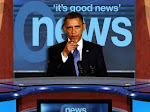

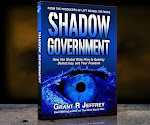
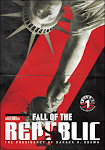


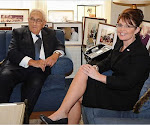

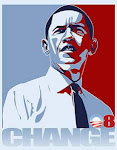
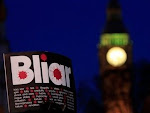
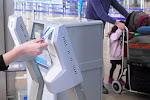

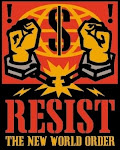


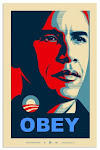
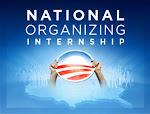

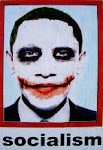


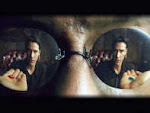







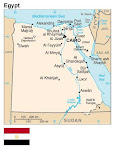


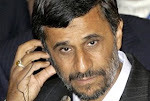
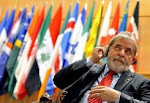

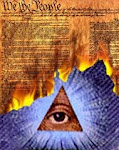


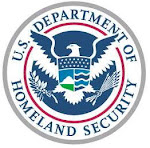




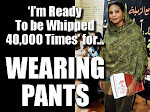

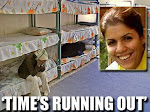






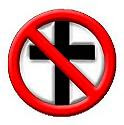
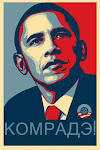
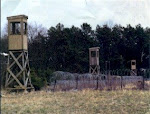




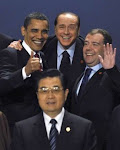
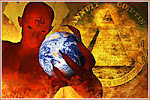



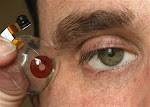


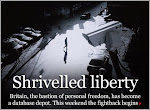


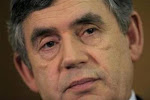

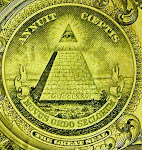
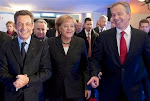



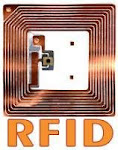.bmp)



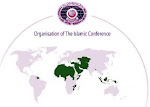




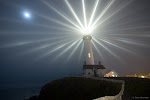


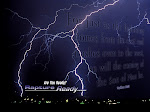
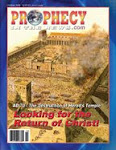






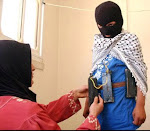





.bmp)